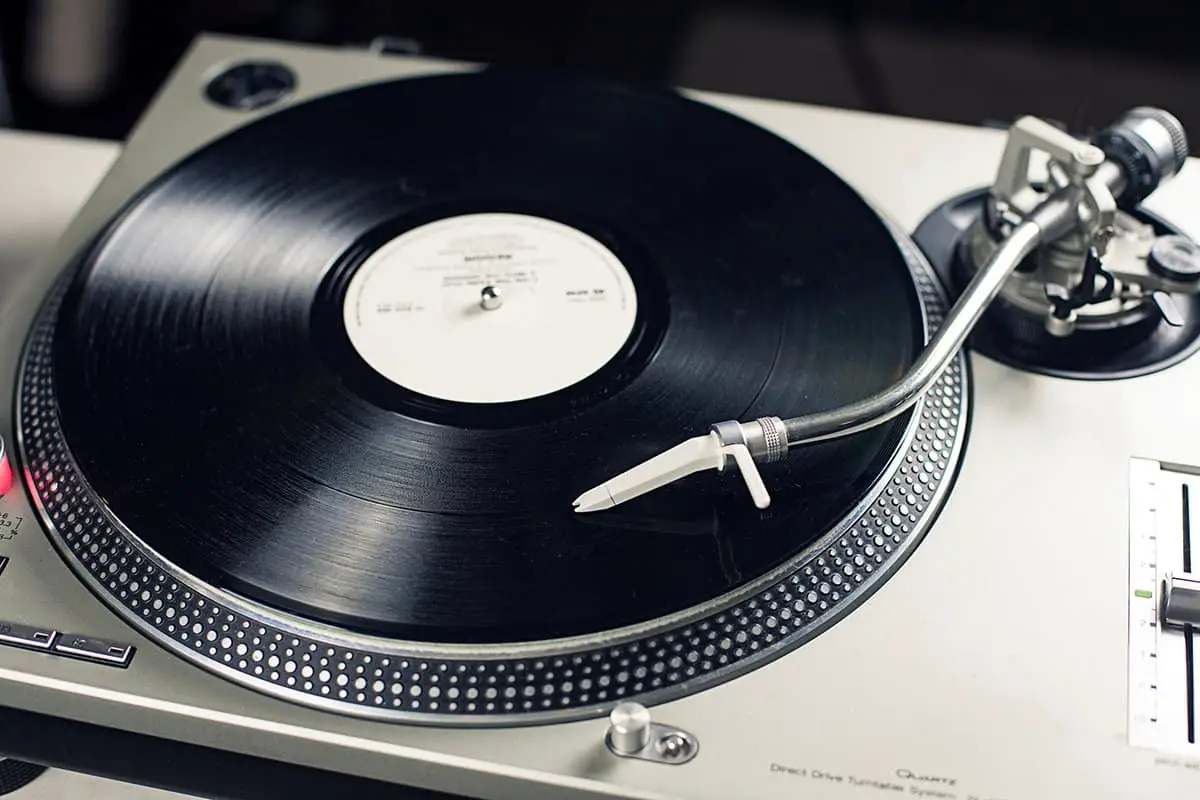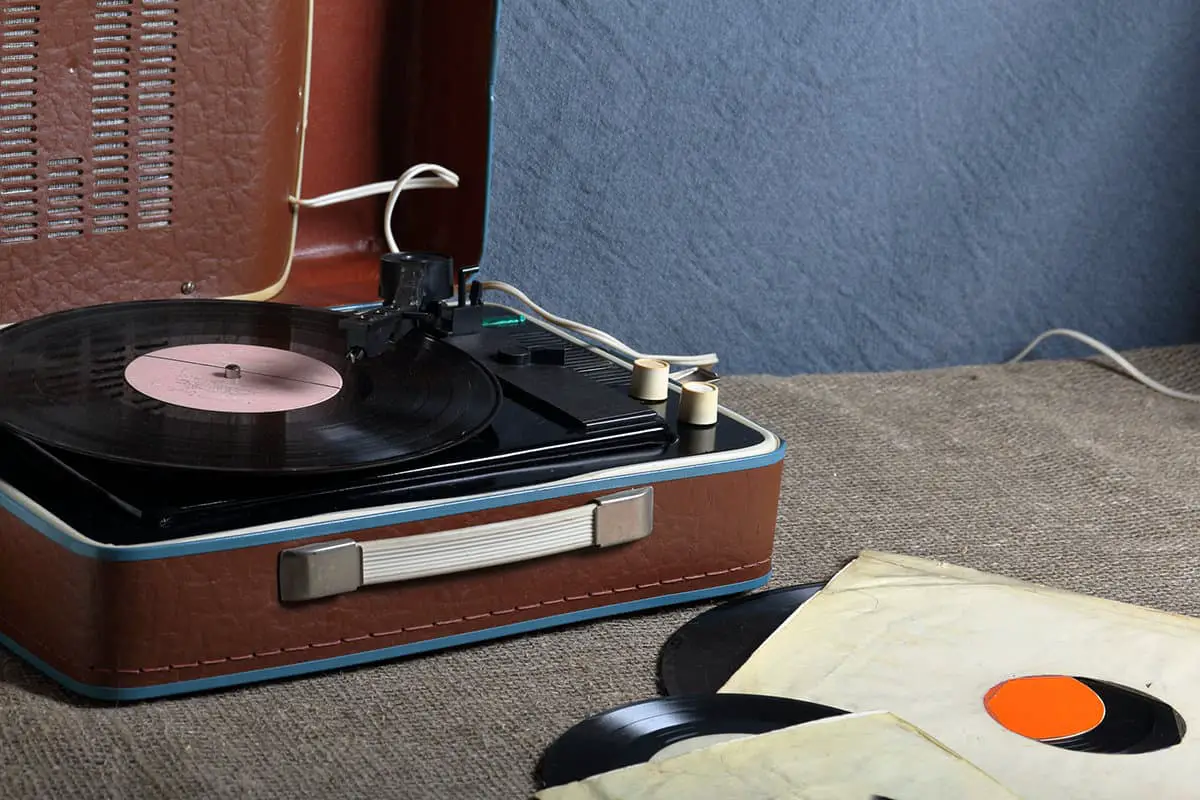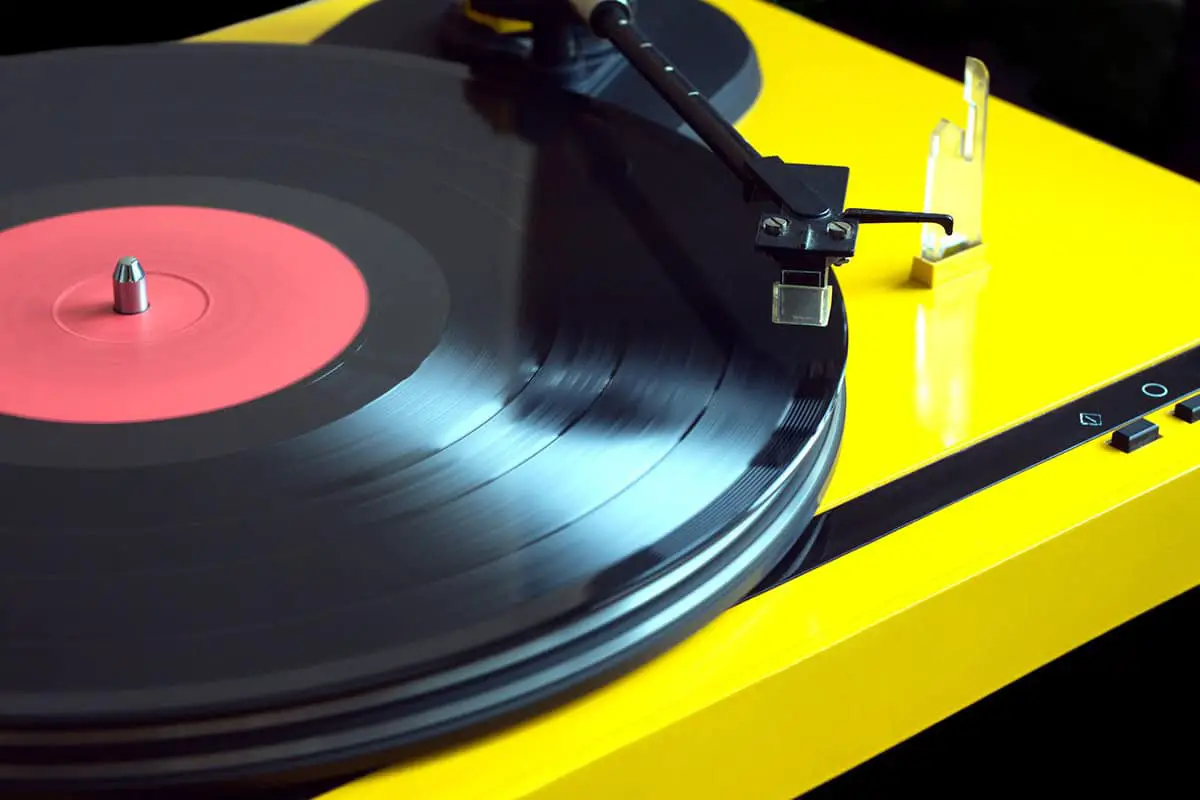This post contains affiliate links.
Record players have come back into style. What was once a sound of the past is again becoming mainstream as music lovers turn to authentic vinyl experiences for better sound quality. However, using a record player is more involved than turning on a radio or playing a CD.
Record players without a built-in preamp must be grounded to the amplifier to ensure good sound quality. An ungrounded player causes the listener to hear a loud, unpleasant humming sound. Grounding is essential to redirect unneeded current away from the current loop to avoid overloading your system.
If you’re just getting into record players and have no background in electrical engineering, the idea of grounding a system may be overwhelming. However, in this article, I’m going to break down what grounding a system means and give you step-by-step instructions on how to do it. I’ll also give you some extra tips along the way, so be sure to read until the end!
Table of Contents
What Happens if You Don’t Ground Your Record Player?
Why do record players need to be grounded?
If you don’t ground your record player, you’ll likely hear a hum or other sound distortion in your equipment. This hum is indicative of electronic interference and can ruin the listening experience.
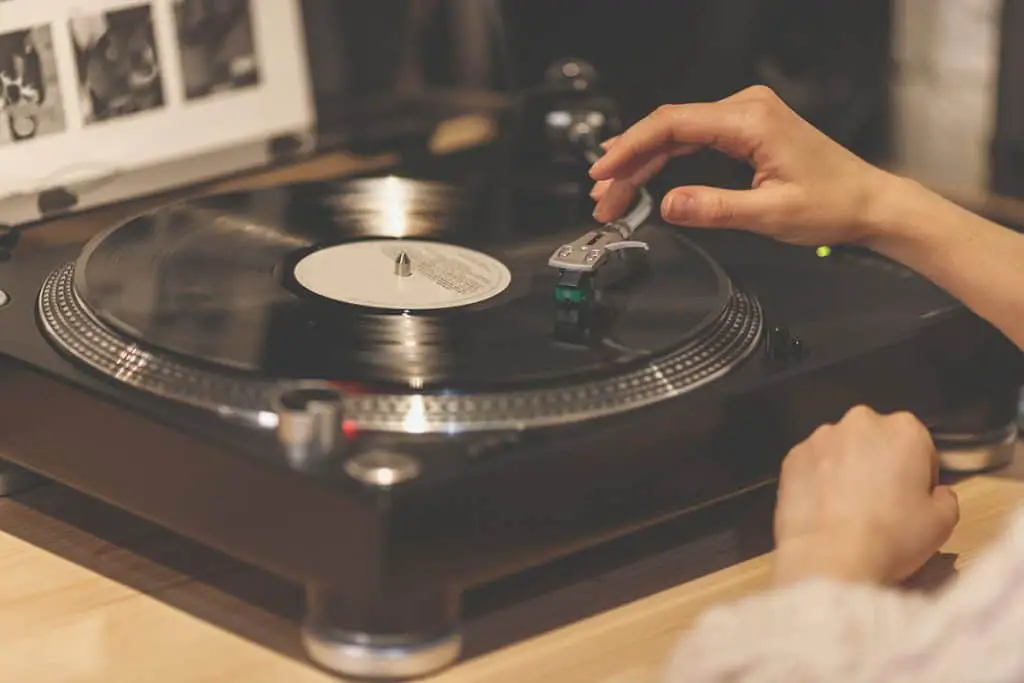
If your turntable doesn’t have a built-in preamp, you’ll need to ground your system. Turntables that need to be grounded will typically feature a cable, so it’s easy to tell if you’ll need to ground yours or not. If your player is grounded improperly, you’ll hear a loud humming noise.
What It Means To Ground Your System
Electric current is what allows the record player to produce music. However, if the player overloads with current, you can experience some problems; in this case, humming. A grounding wire connects your player to the Earth to minimize these issues.
Electric current flows through a device in a loop and will travel in the path of least resistance. Because the grounding wire to the Earth has a lower resistance than the current loop, it travels down and away from the loop when the current reaches this grounding wire.
If this grounding wire weren’t present, this current would stay in the loop and add to the current brought in from the outlet. This compounding of current would eventually cause an overload in the system, causing your record player to hum and could even damage the device.
To avoid an electrical overload, you want to ensure you have a grounding wire properly installed to direct unneeded current away from your system.
Not All Record Players Need To Be Grounded
Though grounding is necessary for some models, not all record players need to be grounded. Budget-friendly turntables tend to come with an internal preamp.
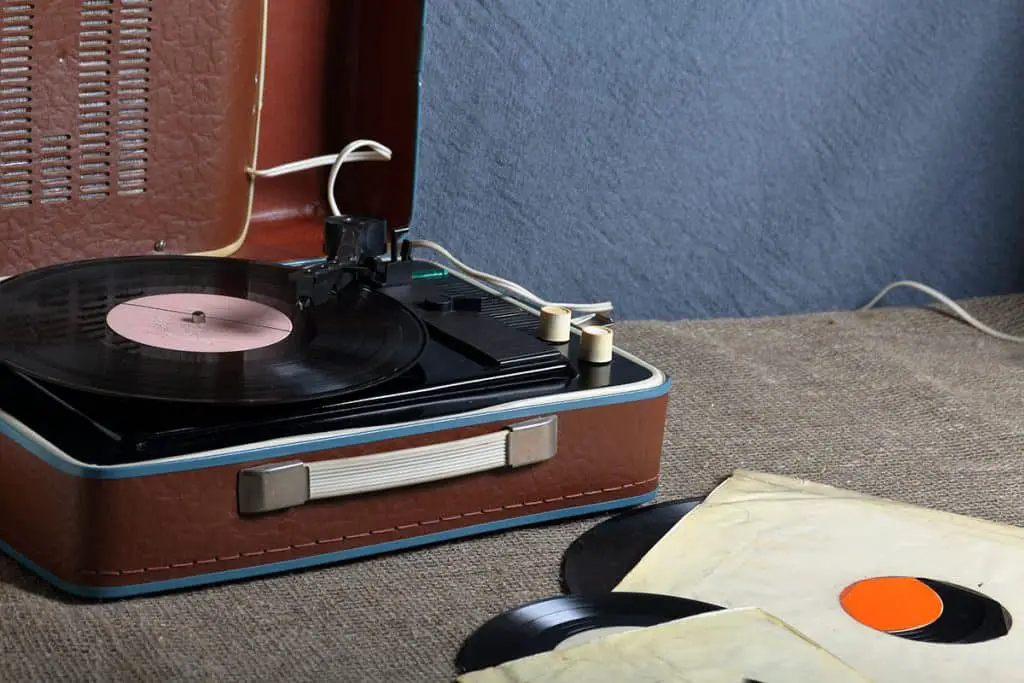
When an amplifier is built into the system, you no longer need to connect to an external amplifier, eliminating the need for a ground wire. This setup is often used to minimize the potential of the hum.
An easy way to tell if your player has a built-in preamp is to look at the back of the system. If you see a switch that toggles between “phono” and “line,” this means there’s a preamp built into your player.
If you’re interested in owning a record player with a built-in preamp, check out these options on Amazon.com:
- Angels Horn Record Player – Upgraded Version: This player has all the original features plus a magnetic cartridge.
- Pro-Ject T1 Turntable: This turntable with a built-in preamp has an electric speed change.
- Fluance RT81 Turntable: This high-fidelity belt-driven turntable has a built-in Texas Instruments preamp and an Audio Technica AT95E cartridge.
- SeeYong SY101 Turntable: This vinyl player has stereo speakers, a magnetic cartridge, a built-in phono preamp, and an adjustable counterweight.
How To Ground Your Record Player
Grounding a record can be slightly intimidating if you’ve never done it before. Here are 6 simple steps to follow when grounding a record player:
- Turn the power off. Before adjusting anything electrical, you’ll want to make sure you’ve turned off the power supply to the record player. Doing so will help avoid any unwanted accidents to the system.
- Find the grounding wire. This wire is usually located under the turntable and has an unconnected copper spade with a connector. Manufacturers usually color this wire green and cover it with a zip tie under the chassis.
- Locate the ground terminal. The ground terminal on your amplifier will likely be on the back of the turntable. It’s typically labeled “ground” to make it easy to spot. From here, you’ll need to disconnect the ground terminal.
- Optimize distance. Be sure the grounding wire can reach the ground terminal before continuing.
- Connect the wire to the terminal. Once you ensure the wire can reach the terminal, slip the ground wire spade connector onto the grounding terminal, and tighten.
- Turn the power on. You can turn the system back on after connecting the wire to the terminal.
To watch an example of how to ground a turntable, check out this YouTube video from Audio Advice that walks you through grounding a Rega turntable:
If there isn’t a ground connection on your amp or receiver, you can connect the ground wire directly to the metal box. To do this, loosen a screw on the box and wrap your grounding wire around it. Once the wire is in place, firmly retighten the screw.
Another way to do this is to tape the wire directly to the box using the Gaffer Tape (available on Amazon.com). The strong adhesive of this product makes it an excellent option for this method. It also comes in many colors.
Following these easy steps, you can get your audio system set up in no time!
Oxidation on Your Fittings Can Cause Troubleshooting Grounding Issues
If you turn on your system and hear that awful humming sound, you’re likely experiencing a grounding issue. Be sure you have correctly grounded the system using the steps above.
If you still hear this noise, you may have oxidation on your fittings. In this case, unscrew everything and open your system up. You can use sandpaper or steel wool to scrub the wires clean. You’ll want to make sure they’re bright and shiny. After this deep clean, be sure to screw everything back tightly before repeating the grounding steps above.
If after following the steps above and you’re still experiencing issues, here are a few things to try if you’re still having problems with the audio:
- Ensure that your phono switch is in the phono position if your system has a built-in preamp and is connected to an external receiver.
- Don’t connect to an external amplifier when using the phono input if you don’t have an internal preamp.
- Ensure your turntable is on a flat surface.
- Make sure the speakers aren’t on the same surface as the player.
- Try an isolation pad.
- Try installing a ground loop isolator.
- Remove and reseat the stylus.
- Reseat the headshell.
- Clean the connectors.
- Test with different RCA cables.
Final Thoughts
Grounding your record player is essential to experiencing the high-quality audio for which vinyl is known. If your system isn’t grounded, you’ll experience a loud humming when you turn on your system.
Be sure to follow the steps outlined above to ensure your system is properly grounded. And if you’re still experiencing issues, check out the other tips in this article to solve your problems.
VacationVinyl.com is a participant in the Amazon Services LLC Associates Program, an affiliate advertising program designed to provide a means for sites to earn advertising fees by advertising and linking to Amazon.com. We also participate in other affiliate programs which compensate us for referring traffic.

